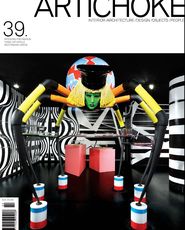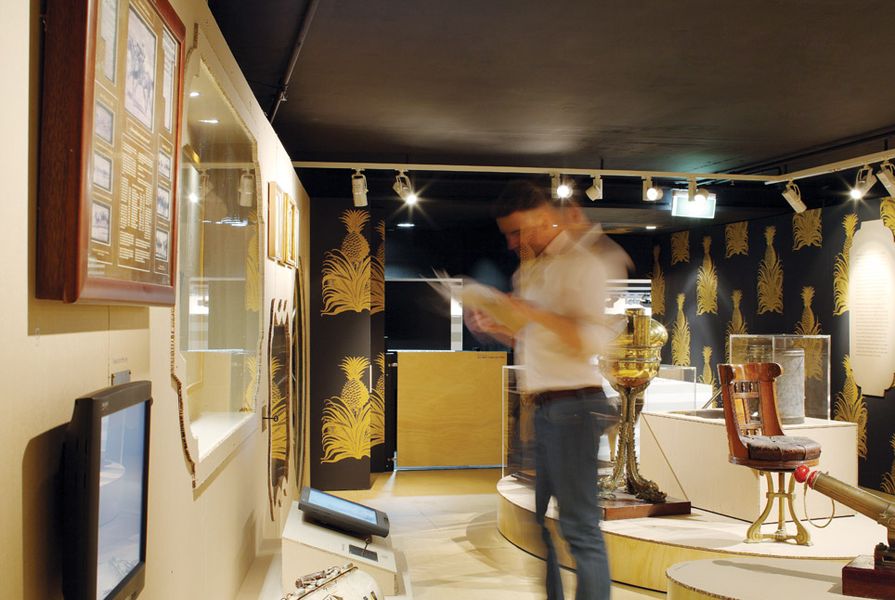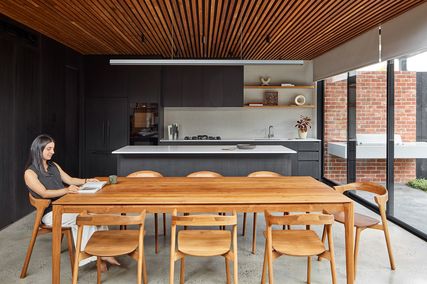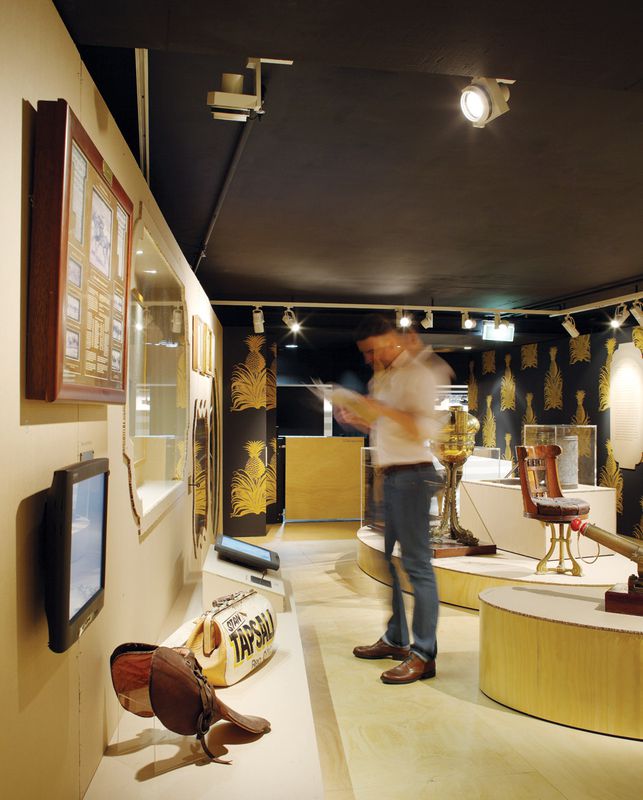The surreal and unsettling experiences of Alice during her adventures in Wonderland speak of a time when intrigue and unpredictability were integral to scientific discovery, and the natural world was awash with mysteries to be unravelled. Grotesquery and nightmare play their roles in the sequence, and misanthropes and misfits abound. From Alice’s telescopic viewpoint described above, the themes of voyeurism are further outlined. From without, Alice looks to her strange new world, and we share in her perspective.
It’s a process and perspective that is beautifully captured in the Museum of Brisbane’s Cabinet of Curiosities exhibition. Here, also, is a peepshow of intrigue, where gory sits alongside the glorious, and quotidian objects share the stage with rich and wondrous treasures.
The show is aptly named. Cabinets of curiosity have long been the display cases for collections of all kinds, often drawn from far-flung expeditions and always bearing the whim and hallmark of a private collector’s interests. As the forerunners of modern museums, these rich men’s arks could be as endlessly diverse as they could be intensely specialist. By nature eccentric, part of the wonder in the so-called wunderkammer was in the process of exploring the display – pulling out drawers, opening flaps and lifting lids, turning keys and sliding panels.
This performative process is cleverly rendered in the exhibition design. Set in a somewhat awkwardly shaped room in an awkward gallery space within the temporary confines of the museum’s home (perhaps “awkwarder and awkwarder,” to Alice), the wedge-shaped mezzanine space is accessed by a wide set of stairs. The stairway anticipates grandeur, but visitors soon see that the windowless room comes to an abrupt halt at the end of two kinked walls. The effect is that of stepping into a wardrobe, which in turn allows visitors to feel as if the real world is left behind, and that time is on their side to explore at will.
Peter the stuffed dog, an important exhibit in the 1952 murder trial of his owner, welcomes visitors.
Image: Scott Burrows
A delightful wallpaper of pineapple silhouettes, produced by Morrison Polkinghorne, adorns the entry walls. It’s a subliminal reminder of the essentially local content of the show, which consists of objects drawn from a plethora of local museums and sites that form part of Brisbane’s Living Heritage Network. Taking pride of place at the front of the room is Peter, a stuffed dog that became an important exhibit in the 1952 murder trial of his erstwhile owner. Standing alert, in a glass case, Peter is the exhibition’s welcoming mascot, and indeed the key cause of his master’s conviction and incarceration.
Other items perch on plinths or sit within boxes recessed into the walls. The walls are made of recycled X-Board, a composite product that references the packing cases and storage vessels typical of collectors’ rooms. Laser-cut Rococo frames line the light boxes, playing with decoration within the neutral palette. Delightfully, visitors are invited to insert large metal keys into keyholes to operate the lights within each display box. The experience is personal and direct, and cleverly incites the curiosity and wonderment that is central to the show.
Cabinet of Curiosities
25 November 2011 – 30 November 2012
Museum of Brisbane
+61 7 3403 6363
museumofbrisbane.com.au
Source

Discussion
Published online: 16 Oct 2012
Words:
Margie Fraser
Images:
Scott Burrows
Issue
Artichoke, June 2012


















